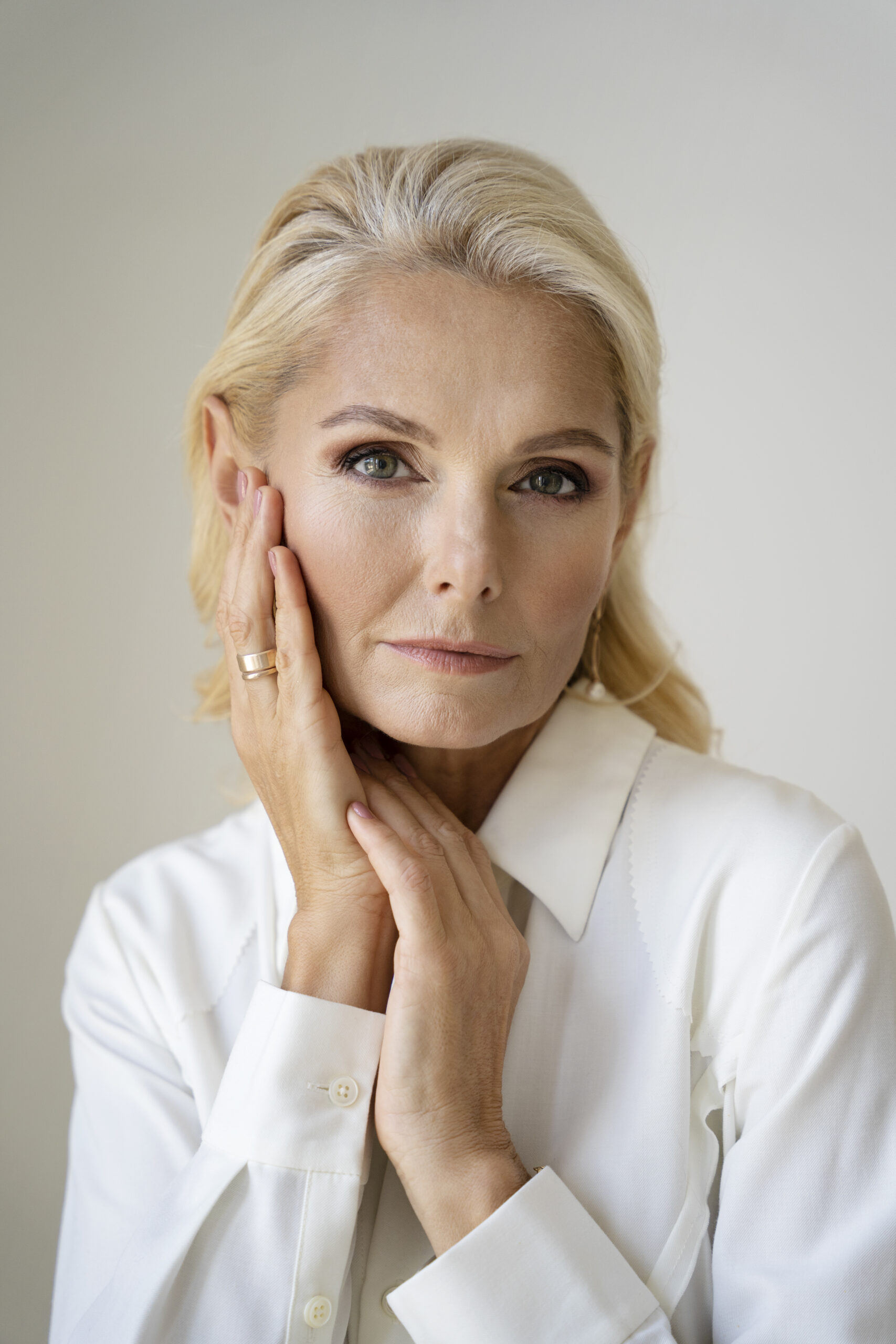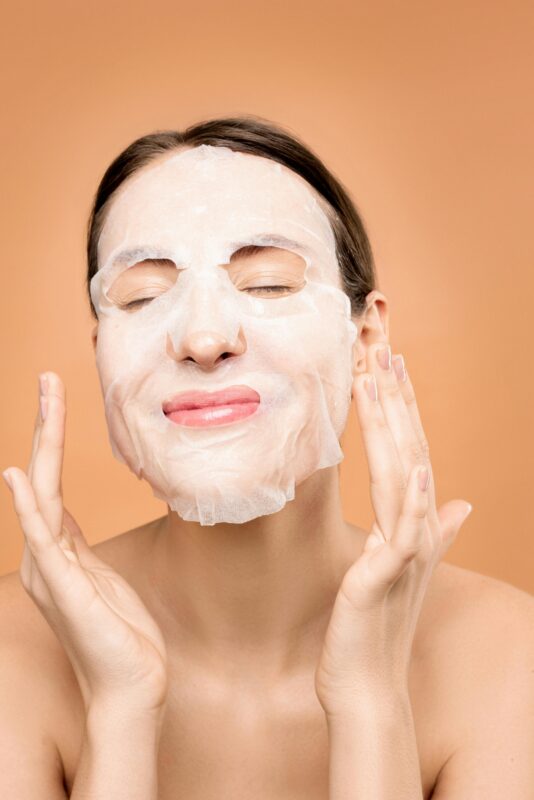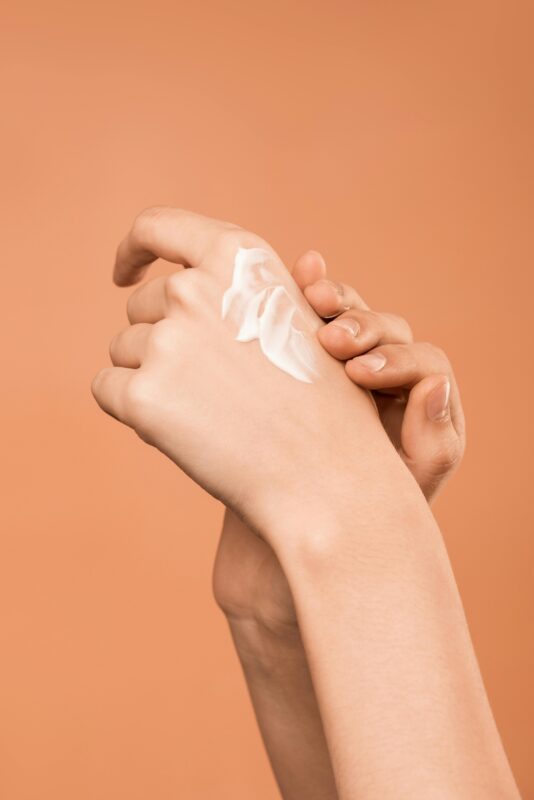Aging is a universal process, yet the desire to maintain youthful, radiant skin remains strong at any age. While we cannot stop time, science has provided us with powerful tools to slow down its effects on our skin. Anti-aging skincare isn’t just about reducing wrinkles and fine lines; it’s about nourishing and protecting your skin to preserve its natural beauty and health as you age.
Moreover, maintaining youthful skin requires a consistent skincare routine based on proven steps and ingredients that combat the effects of aging. These include improving hydration, stimulating collagen production, protecting from UV rays, and boosting cell turnover. With the right approach, you can achieve glowing, healthy skin that radiates confidence at any age.
In this article, we will explore these proven steps for anti-aging skincare. From the basics of cleansing to advanced treatments, we’ll provide insights into effective skincare practices, tips for maintaining a youthful glow, and how to optimize your routine for maximum benefits.
Understanding the Skin’s Aging Process
As we age, our skin undergoes several changes, which manifest in different ways, such as wrinkles, fine lines, and a loss of elasticity. These changes are primarily due to the slowing down of vital processes in the skin, such as collagen production and cell turnover. Let’s break down the science of how the skin ages:
- Collagen and Elastin Breakdown: Collagen is the protein responsible for skin’s strength and firmness, while elastin allows the skin to stretch and return to its original shape. As we age, collagen and elastin fibers degrade, leading to a loss of skin’s firmness and the formation of wrinkles.
- Slower Cell Turnover: As we age, the process of skin regeneration (cell turnover) slows down. This means dead skin cells remain on the surface for longer, leading to a dull, rough texture. Skin also takes longer to heal after injury or irritation.
- Decreased Hyaluronic Acid Production: Hyaluronic acid is a naturally occurring substance that helps the skin retain moisture. As we age, our skin’s hyaluronic acid production decreases, resulting in dryness, fine lines, and loss of plumpness.
- External Factors: Exposure to the sun (UV rays) is one of the leading external causes of premature skin aging. UV rays accelerate the breakdown of collagen and elastin, leading to photoaging, which includes wrinkles, age spots, and sagging skin. Pollution, smoking, and poor diet also contribute to skin aging by generating free radicals that damage skin cells.
Therefore, by understanding the aging process, we can better address these changes through targeted skincare. Below, we will walk through proven anti-aging skincare steps to help maintain radiant skin.
Proven Anti-Aging Skincare Steps
1. Cleansing
Cleansing is the cornerstone of any skincare routine. It removes dirt, makeup, and other impurities that can clog pores and dull the skin. But for anti-aging, cleansing also plays a role in preparing the skin for better absorption of active ingredients.
For aging skin, opt for a gentle cleanser that doesn’t strip away essential oils. Harsh cleansers can cause dryness and irritation, which can exacerbate the appearance of fine lines and wrinkles. Look for hydrating cleansers that contain ingredients such as glycerin, hyaluronic acid, and ceramides to help preserve the skin’s moisture balance.
How to clean your skin properly: Cleanse twice a day—morning and evening. Apply the cleanser with your fingertips and massage it into your skin for 20-30 seconds in circular motions. Use lukewarm water to avoid stripping the skin’s natural oils. Finish with a clean towel or a soft cloth to pat your face dry.
2. Exfoliation
Exfoliation is a vital step in any anti-aging skincare regimen. As we age, skin turnover slows down, and dead skin cells accumulate on the surface. This results in a dull complexion and can make fine lines more visible. Regular exfoliation promotes cell renewal, revealing smoother, brighter, and more youthful skin.
Exfoliation can be done using two main methods: physical exfoliants (scrubs) and chemical exfoliants (such as AHAs and BHAs). AHAs (alpha hydroxy acids), such as glycolic and lactic acid, exfoliate by dissolving dead skin cells, whereas BHAs (beta hydroxy acids), like salicylic acid, penetrate deeper into pores to remove oil and prevent acne.
However, for those with sensitive skin, chemical exfoliants tend to be more gentle than physical scrubs, which can sometimes cause microtears. Aim to exfoliate 1-3 times per week, depending on your skin type and the strength of the exfoliant.
Tip: Always follow exfoliation with hydration, as exfoliants can sometimes leave the skin feeling dry or irritated.
3. Toning
Toning may seem like an optional step, but it plays a crucial role in anti-aging skincare. Toners help balance the skin’s pH levels, remove residual impurities, and prepare the skin to absorb the following treatments more effectively.
For aging skin, choose toners that contain antioxidants (like green tea or vitamin C) and hydrating agents (such as rose water or aloe vera). These ingredients help fight free radicals, promote healing, and keep the skin hydrated.
How to apply toner: After cleansing, pour a small amount of toner onto a cotton pad or your hands and gently press it into your skin. Avoid rubbing, as this can irritate the skin.
4. Serums and Treatments
Serums are concentrated products packed with active ingredients that target specific skin concerns. For anti-aging, serums are essential as they can address issues such as wrinkles, skin tone, and loss of elasticity. Here are some key ingredients to look for:
- Vitamin C: A powerful antioxidant that brightens the skin, reduces dark spots, and protects against environmental damage.
- Retinol: A form of vitamin A that stimulates collagen production, improves cell turnover, and reduces the appearance of wrinkles.
- Peptides: Chains of amino acids that help strengthen the skin’s barrier and promote collagen production, resulting in firmer, smoother skin.
- Hyaluronic Acid: A humectant that draws moisture into the skin, helping to plump and hydrate the skin, reducing the appearance of fine lines.
How to apply serums: After toning, apply a few drops of serum to your face and neck. Gently press it into the skin, focusing on areas with wrinkles or discoloration. If using multiple serums, apply them in order of consistency (thinner serums first, thicker ones last).
5. Moisturizing
Hydration is key when it comes to anti-aging skincare. As the skin loses moisture with age, it becomes more prone to wrinkles and fine lines. A good moisturizer helps seal in moisture and keep the skin plump and smooth.
For aging skin, choose a rich moisturizer that contains ingredients like hyaluronic acid, glycerin, and ceramides to lock in moisture. Peptides and retinoids can also be beneficial if your moisturizer is formulated with these ingredients.
How to apply moisturizer: Apply a generous amount of moisturizer to your face and neck, making sure to cover every area. It’s best to apply moisturizer while your skin is still slightly damp from the serum, as this helps lock in additional moisture.
6. Sun Protection
Sunscreen is the most important product in any anti-aging skincare routine. UV rays from the sun are responsible for up to 80% of premature skin aging, leading to wrinkles, age spots, and loss of elasticity. Broad-spectrum sunscreen with an SPF of 30 or higher is essential to protect the skin from both UVA and UVB rays.
Furthermore, even if you’re indoors, UV rays can penetrate windows, so make sure to apply sunscreen every day. Reapply every two hours if you’re outdoors or if you sweat or swim.
Tip: Consider sunscreens with additional antioxidants, such as vitamin C or green tea, for added protection against environmental damage.
Diet and Lifestyle Choices for Radiant Skin
What you eat and how you live have a direct impact on the health of your skin. Here are some diet and lifestyle habits that can support your anti-aging efforts:
- Eat Antioxidant-Rich Foods: A diet high in fruits, vegetables, nuts, and seeds provides antioxidants, which fight free radicals and help protect the skin from premature aging. Foods like berries, spinach, and tomatoes are particularly rich in antioxidants.
- Hydrate: Drinking plenty of water keeps your skin hydrated and supports its elasticity. Aim for at least 8 glasses of water a day.
- Sleep Well: Quality sleep allows the skin to regenerate. Aim for 7-9 hours each night to support the production of collagen and other skin-repairing processes.
- Exercise Regularly: Physical activity improves blood circulation, delivering oxygen and nutrients to the skin, which can help maintain its youthful appearance.
Additional Tips for Maintaining Youthful Skin
- Sleep and Skin Rejuvenation: Skin cells repair themselves while you sleep, so ensure you get enough rest each night to promote skin regeneration.
- Facial Exercises: Gentle facial exercises and massages can improve muscle tone, circulation, and reduce sagging.
- Avoid Smoking and Excessive Alcohol: Both smoking and heavy drinking damage the skin, causing premature aging. Smoking reduces blood flow to the skin, while alcohol dehydrates it.
Conclusion
In conclusion, achieving radiant, youthful skin doesn’t require drastic measures or expensive procedures. By following a consistent anti-aging skincare routine with proven steps—cleansing, exfoliating, toning, treating, moisturizing, and protecting—you can maintain your skin’s glow at any age. Remember, the key to successful anti-aging skincare is consistency, and it’s never too late to start. Your skin will thank you for it in the long run.






